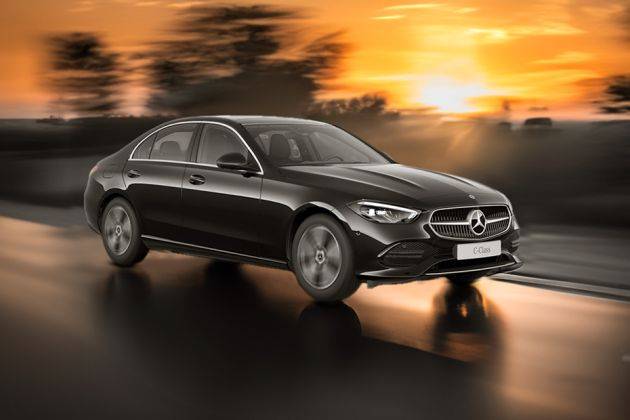How Seatbelt Alerts Are Improving in Cars: A 2024 Update

by AutoExpert | 16 October, 2024
Here’s a quick scoop that might surprise you: seatbelt alerts in cars have seriously leveled up recently. The folks at the Insurance Institute for Highway Safety (IIHS) just shared some updates, and it turns out, we’re doing a lot better than a few years ago when it comes to those nagging reminders to buckle up.
So, for a bit of background—almost every place in the U.S. has seatbelt laws (except for you, New Hampshire). A few years back, though, the IIHS wasn't too happy with the state of seatbelt warnings in cars. They felt many systems just didn't make the cut according to their standards set back in 2023. But now? Things are looking way up.

As of 2024, 62% of the models they tested got а top score from the IIHS. That's а big jump from the 17% back in 2022. It seems the tweаks made by the NHTSA in 2023 helped, but the IIHS really wants these systems to do more than just the minimum. They’re pushing for reminders that actually get everyone to buckle up every single time.

David Kidd, a senior research guy at IIHS, put it pretty simply. He said their goal is to push carmakers to create seatbelt reminders that are so good people will buckle up without a second thought. He’s not too thrilled with the current rules, which basically say the car only needs to beep for a few seconds if the driver’s seatbelt isn’t fastened.

But here’s the thing—the IIHS thinks these beeps should go on a bit longer to really make an impact. Apparently, those longer beeps are way better at preventing injuries if there’s a crash.

And guess what? Their persistence is paying off. This year, 18 different car models have improved their scores on this front. Big names like the Acura MDX, Ford Escape, Mercedes-Benz C-Class, and Toyota Corolla Hatchback are all stepping up their game.

So, next time you hop in the car and that beep goes off reminding you to buckle up, remember—it’s not just trying to annoy you. It’s a part of a bigger effort to keep us all safe on the road, and it’s actually getting better at its job. Cheers to safer drives!

















